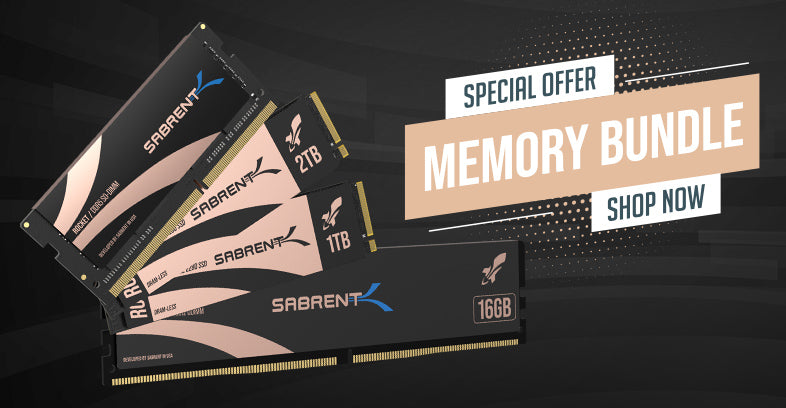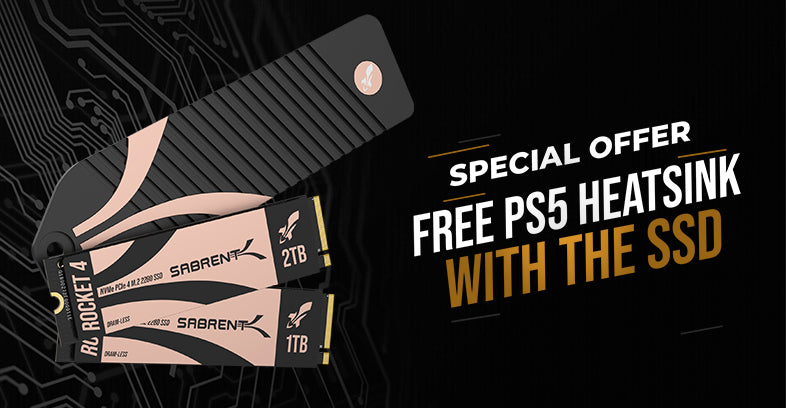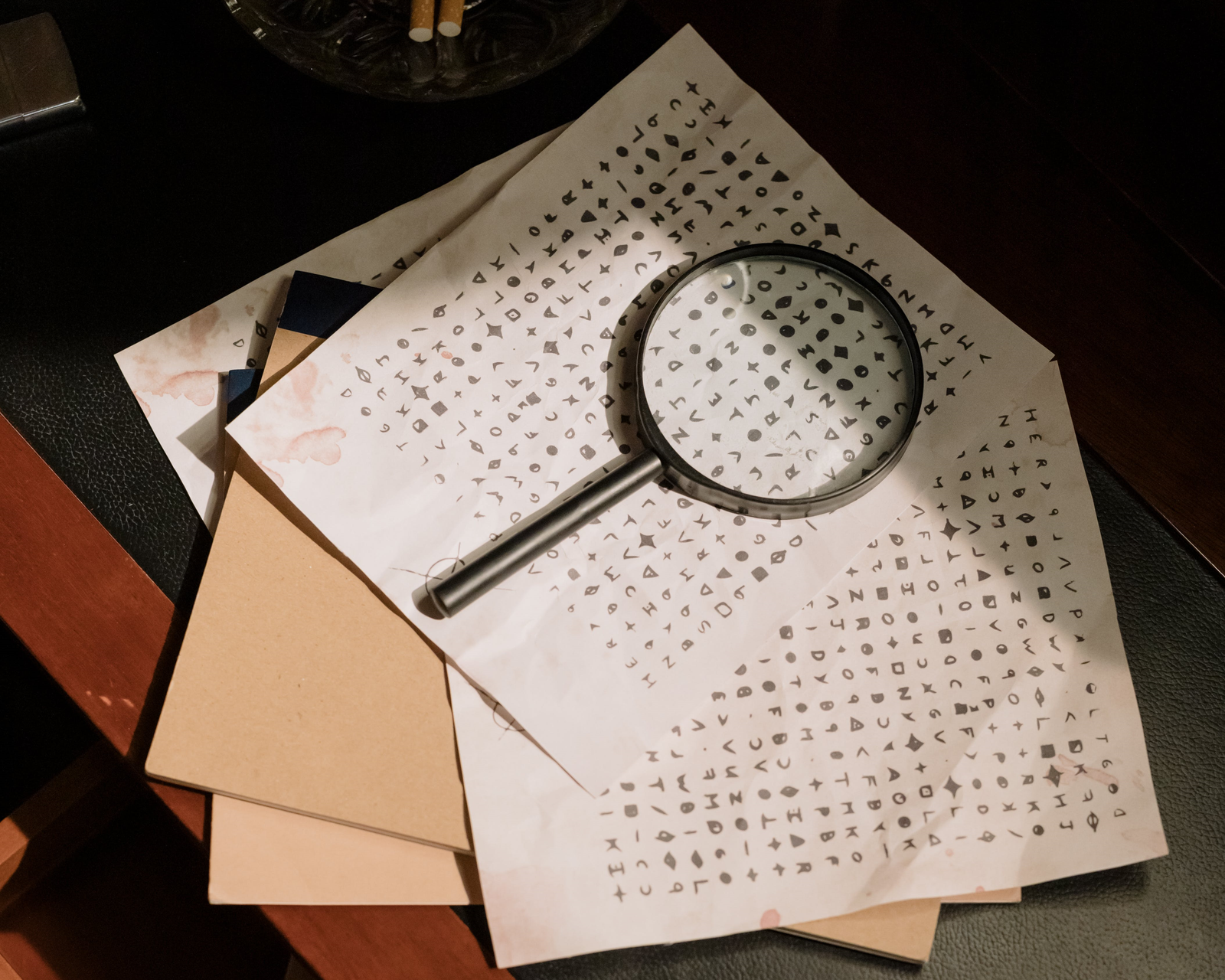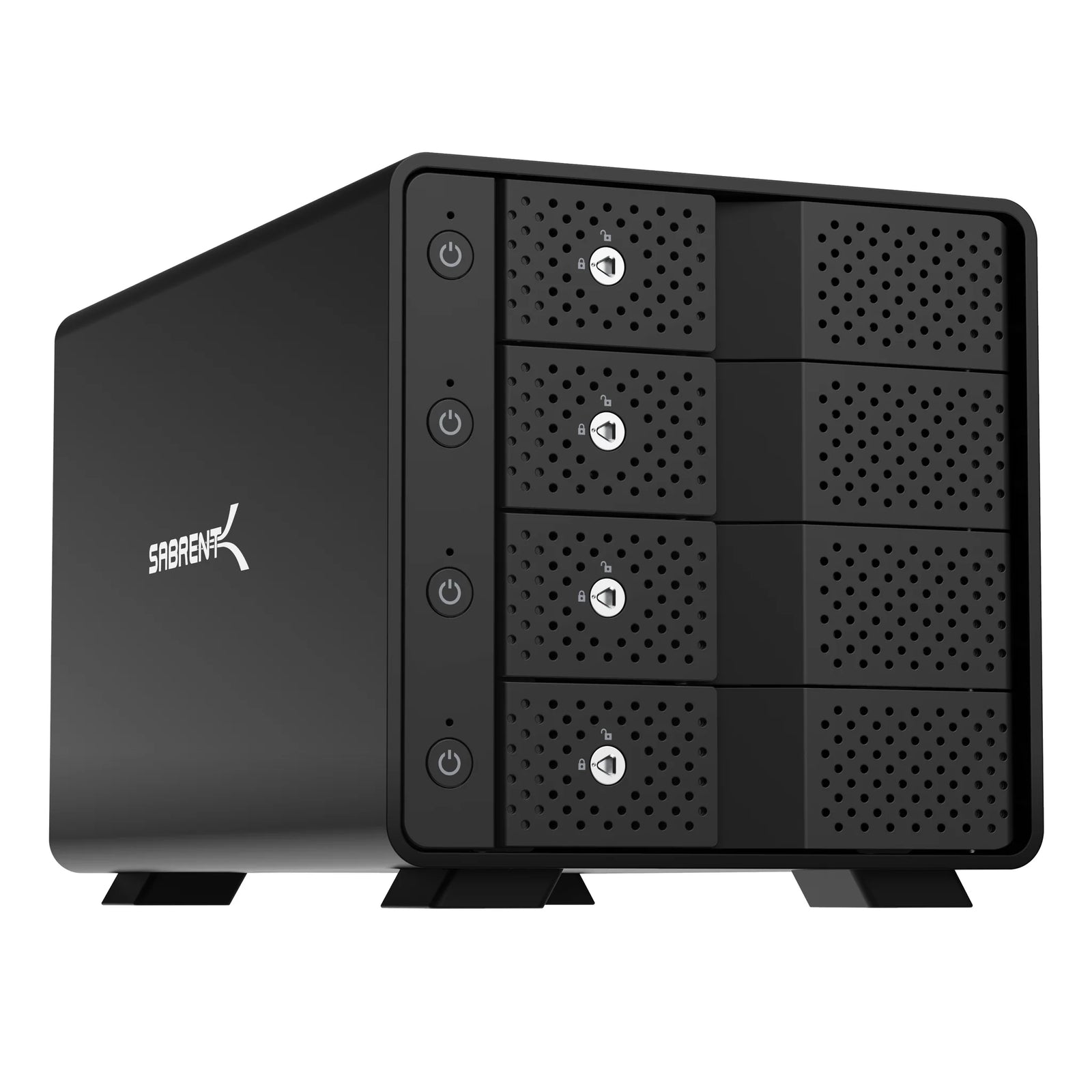Sometimes users want to return their drives to a like-new condition. Other times, they want to migrate or sell their SSD and want to make sure existing data cannot be retrieved. In either case, it’s a good policy to engage in a Secure Erase or Sanitize function to be sure the drive is clean. What’s the difference? If we avoid talking about hard disk drives (HDD) and acknowledge SSDs work differently, a Secure Erase wipes the mapping or address table of the drive while the Sanitize additionally erases the cells immediately.

Translating Logical Block Addresses (LBA) to Physical Block Addresses (PBA)
Modern SSDs treat these functions very similarly, although it can take a few minutes for the drive to bulk erase the cells. In a modern OS like Windows, in fact, a quick format will act like a Secure Erase and the drive will require sufficient idle time to actually clear the drive. SSDs with software support in the form of a toolbox, like ours, may have a Secure Erase feature built-in. It’s also possible to use other software, including bootable software and operating systems, to clean the drive.
Linux has some powerful tools for this with the NVMe command line interface (nvme-cli). This exposes additional features the SSD might have, for example the ability to simply delete the encryption key on a Self-Encrypting Drive (SED), using 256-bit AES, with the cryptographic scramble command. This can be followed up by a sanitize block erase which works similarly to blkdiscard. This helps return the drive to a fresh-out-of-the-box (FOB) state with the first step being potentially faster than waiting for a full erase.

How secure is this? SSDs, unlike HDDs, are designed for performance with cells that must be erased before new data can be written. Erasing the cells is very effective at destroying any traces of the previously-existing data. Some data may be outside of the user space or in unerasable blocks, however even this is accounted for on modern drives and forensic data retrieval is complex even under the best circumstances. The old requirement to overwrite data, as used with Department of Defense schema, is therefore not required for SSDs.
We only sell NVMe SSDs and as they follow the NVMe specification they can be safely erased. Additionally functions may or may not be activated - depending on the controller - however our utility designed for sector resizing is based on the NVMe format command. Drives supporting hardware encryption may also enjoy the additional cryptographic erase option. Be sure to always be safe with your data and move on from the fears created during the HDD age.
Check the NVM Express site for more information on NVMe-CLI.
Check out our storage products here.













